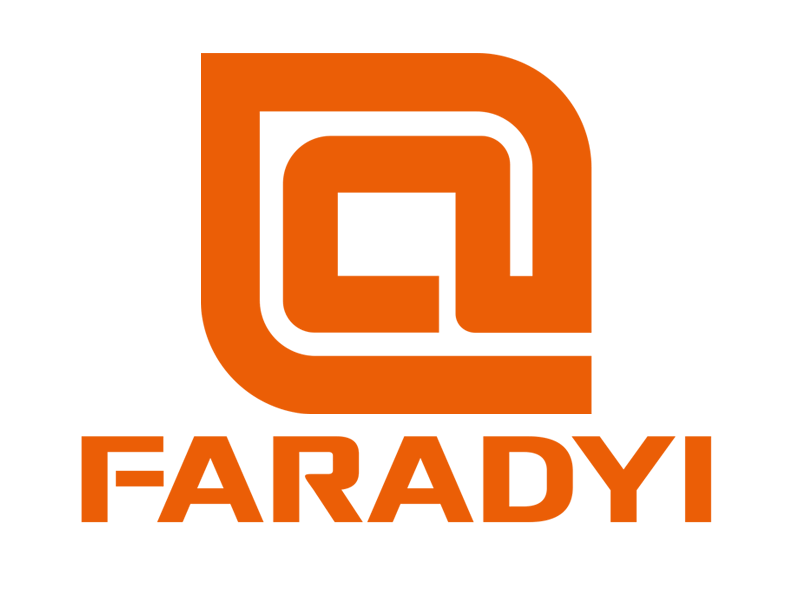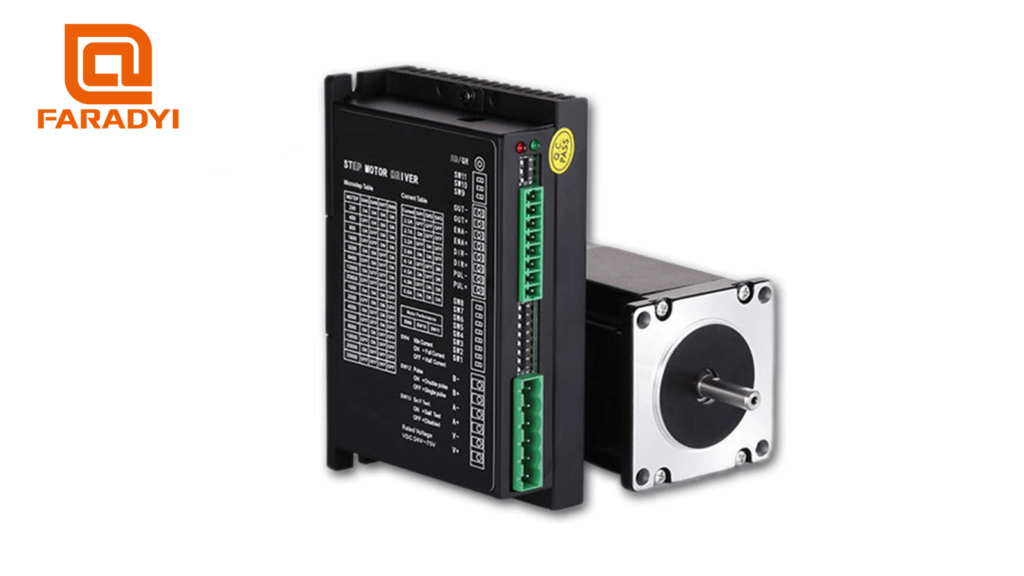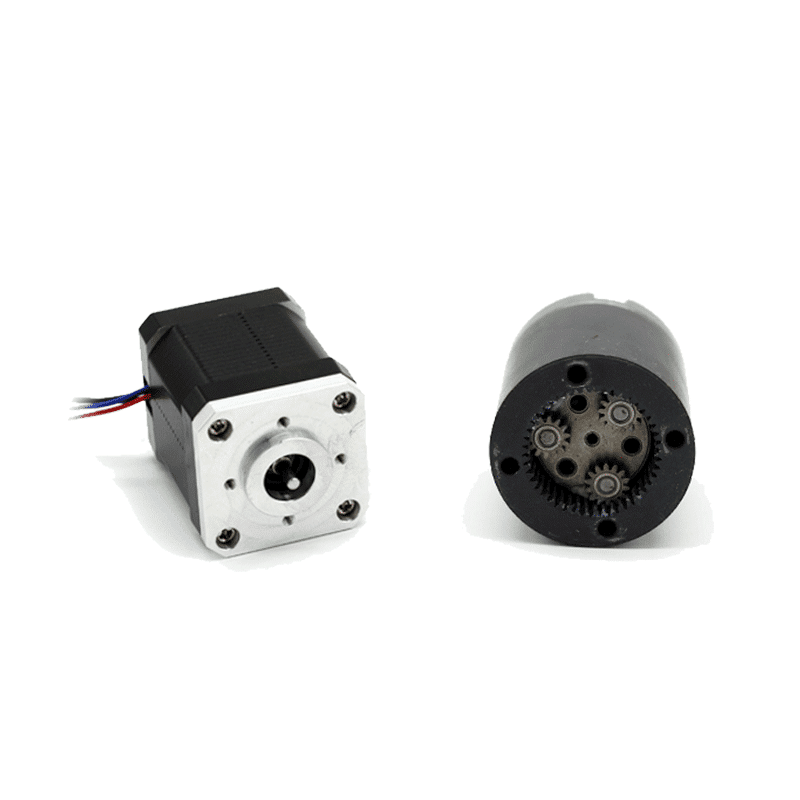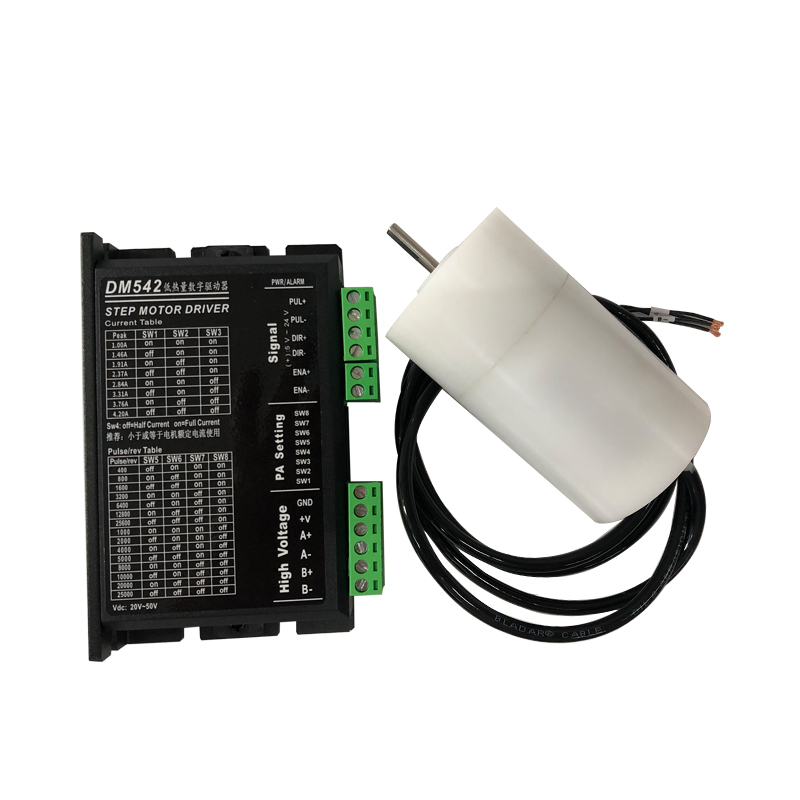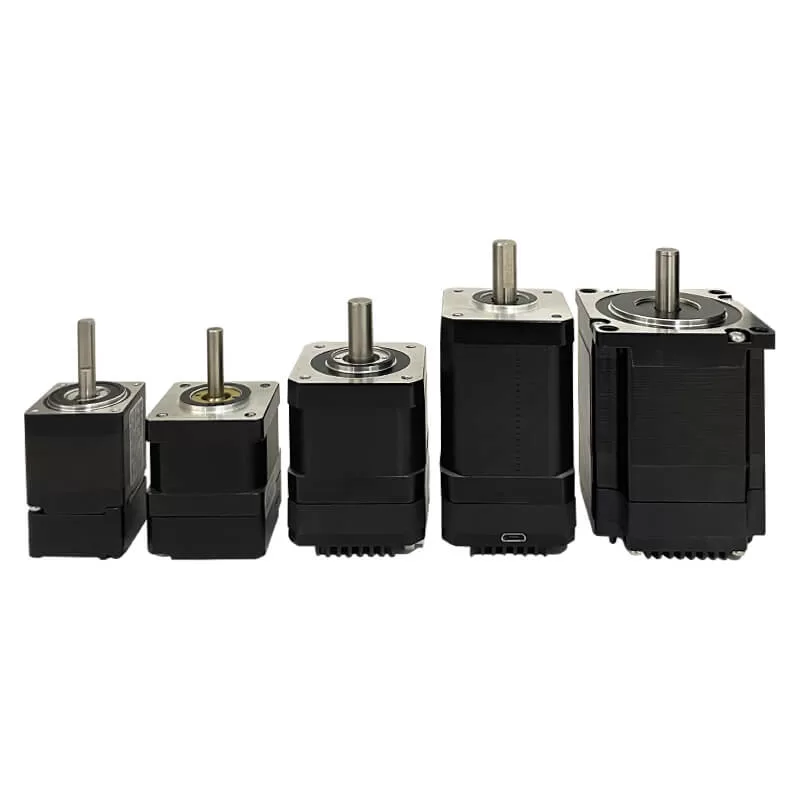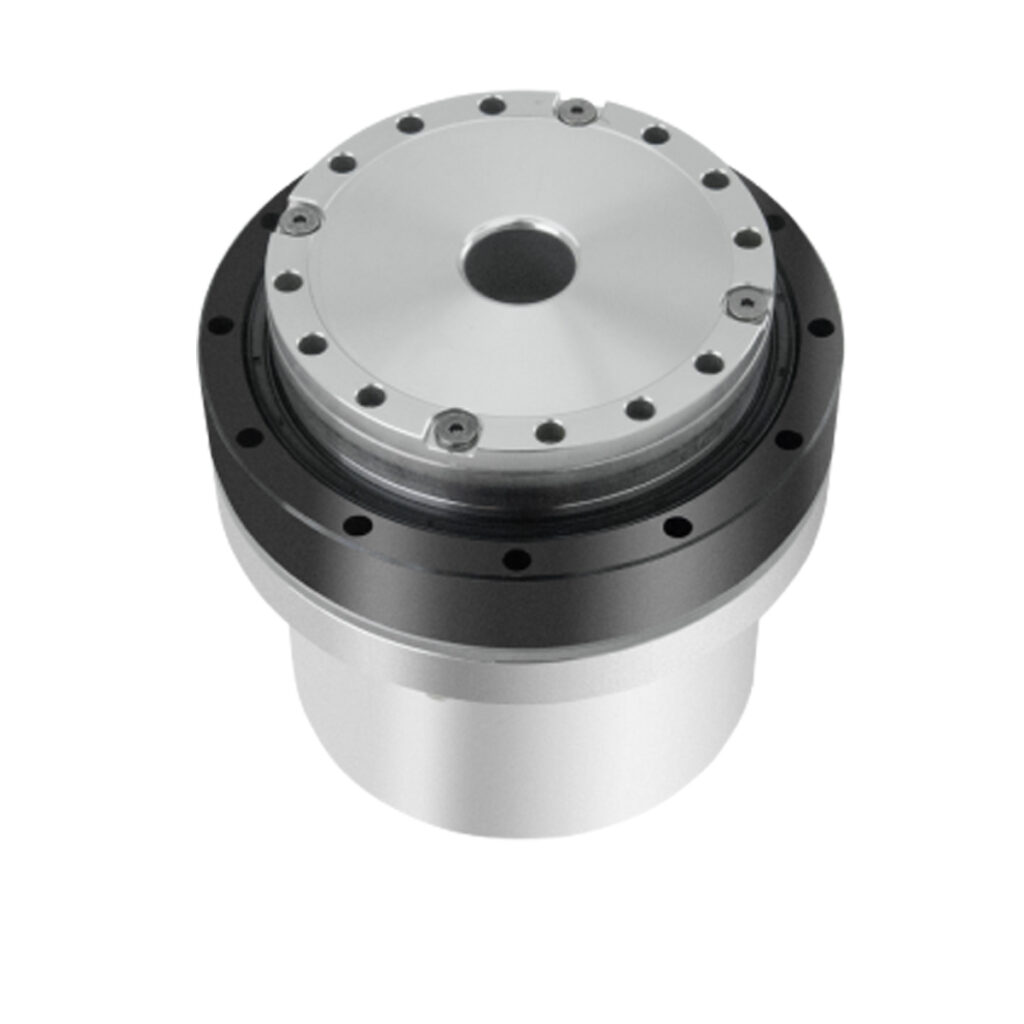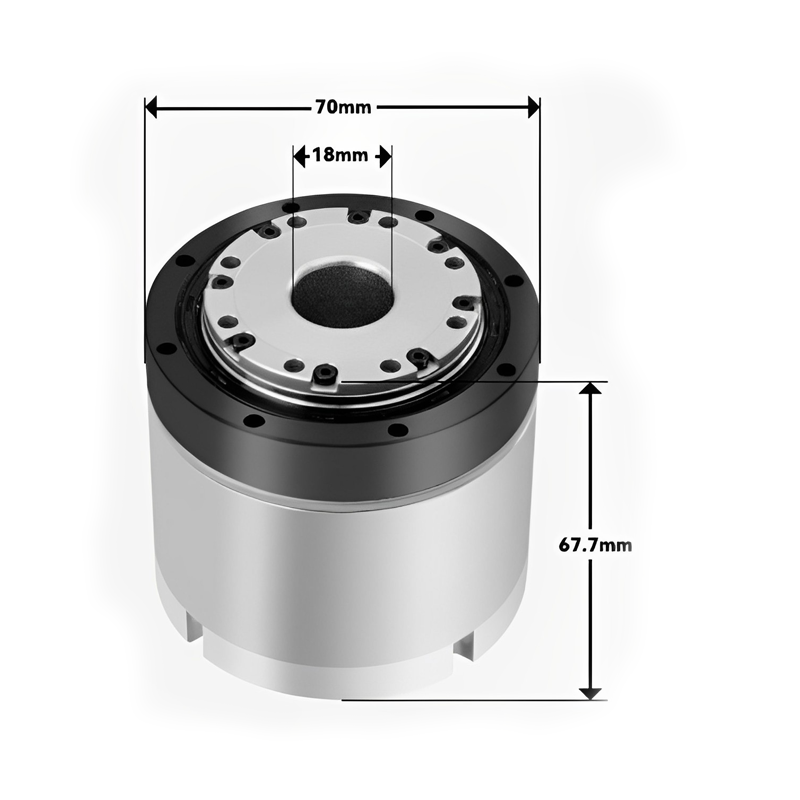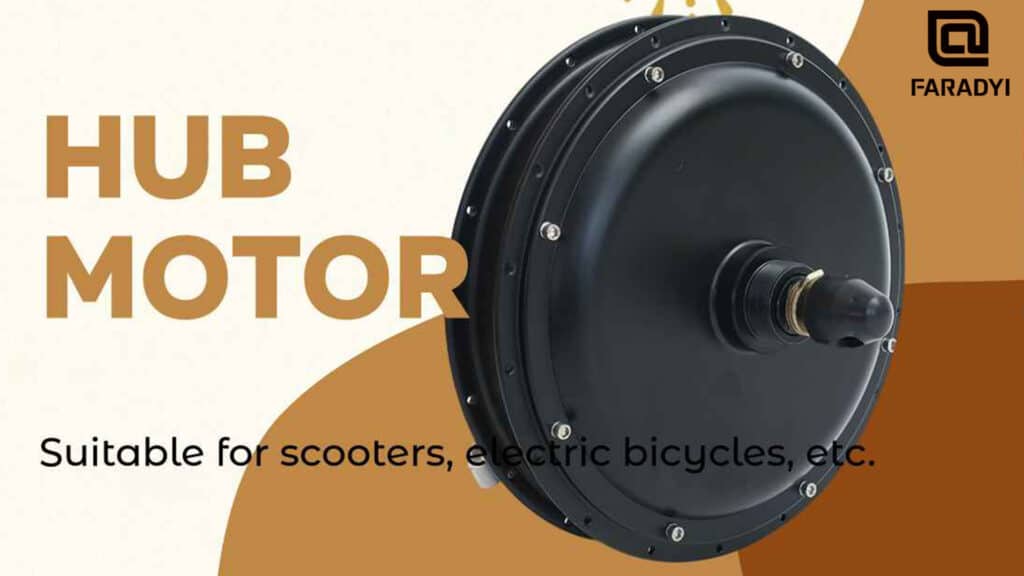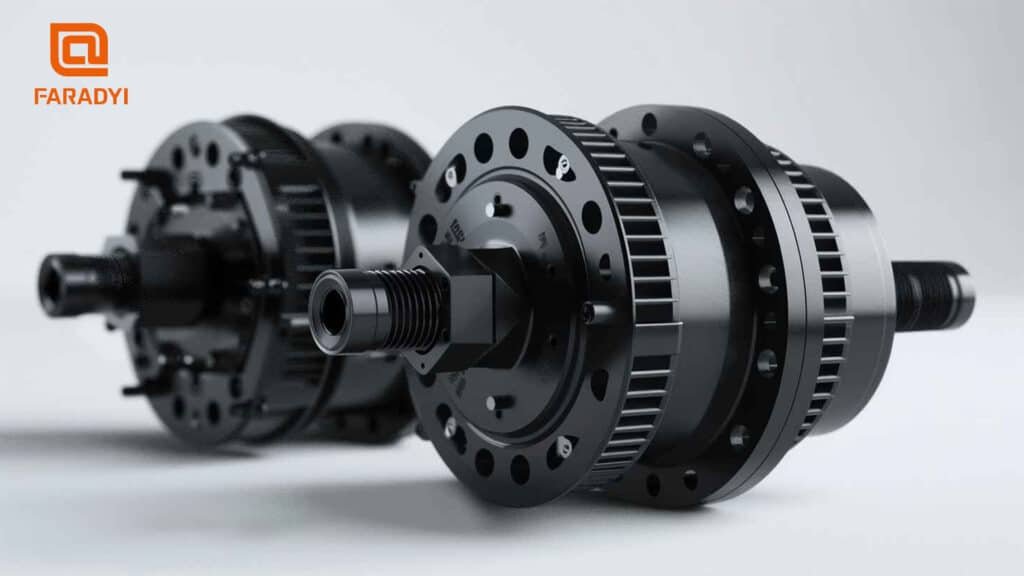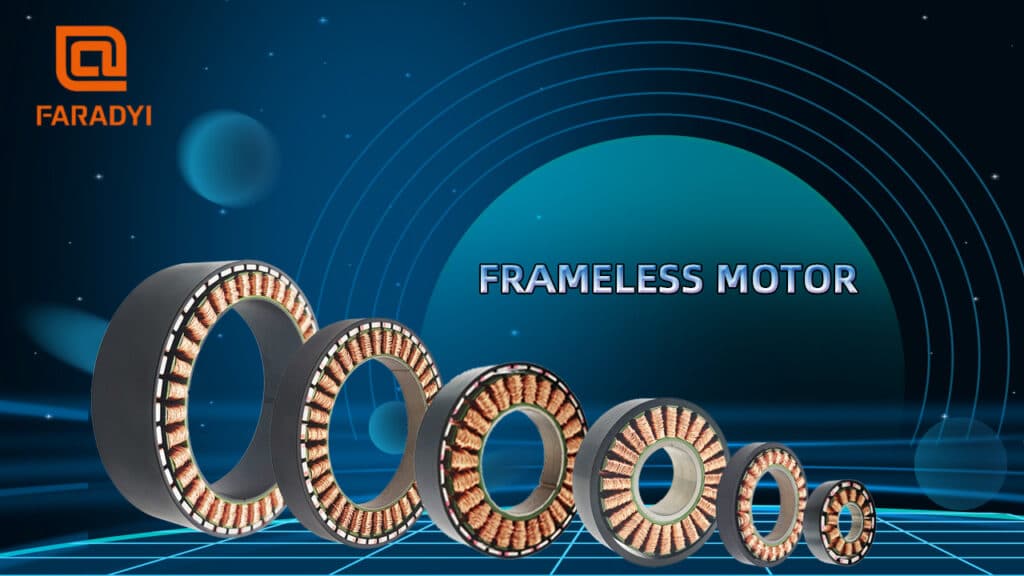When a stepper motor becomes stuck, it indicates insufficient torque even when the motor and its driver are undamaged. When the stepper motor is fixed in place, the primary factors affecting torque are speed and current. The characteristic of stepper motors is that torque decreases as speed increases and as current decreases.
Stepper motors are controlled by digital signals, and if the control system generates too many pulses in a very short time, meaning a high pulse frequency, the stepper motor may stall. To address this issue, an acceleration and deceleration approach is necessary. This involves gradually increasing the pulse frequency during motor startup and decreasing it during slowdown, commonly known as the “acceleration and deceleration” method.
Causes of Stepper Motor Stalling
The speed of a stepper motor is determined by the variation in input pulse signals. In theory, providing one pulse to the driver causes the stepper motor to rotate by one step angle (or subdivision step angle during microstepping). In practice, if the pulse signal changes too rapidly, the stepper motor, due to the damping effect of internal back electromotive force, cannot keep up with the signal changes, resulting in stalling and missed steps. Therefore, during high-speed startup, a pulse frequency acceleration method is employed, and during stopping, there must be a deceleration process to ensure precise positioning control of the stepper motor. The principles of acceleration and deceleration are the same. The acceleration process is illustrated in the following example:
During the acceleration process, a frequency curve is formed by the base frequency (lower than the direct start maximum frequency of the stepper motor) and the step frequency (gradually increasing frequency). The step frequency refers to the frequency at which the stepper motor’s frequency gradually increases over the base frequency. This frequency should not be too high to avoid stalling and missed steps. Acceleration and deceleration curves are generally exponential curves or finely tuned exponential curves. They can also be linear or sinusoidal curves, among others. Using a microcontroller or PLC, acceleration and deceleration control can be achieved. For different loads and speeds, it is essential to select suitable base and step frequencies to achieve optimal control results. In the software programming of exponential curves, the time constant is calculated and stored in the computer’s memory, pointing to the selection during operation. Typically, the complete acceleration and deceleration time for stepper motors is 300ms or more. If too short acceleration and deceleration times are used, achieving high-speed rotation for most stepper motors becomes challenging.
A sudden motor stop doesn’t necessarily indicate stalling; all motors, including stepper motors, have a maximum speed. When the speed exceeds the stepper motor’s maximum speed, the motor will suddenly stop.
The magnitude of current affects torque—higher current results in higher torque. However, increased current also leads to more significant motor heating. Therefore, the current is generally adjusted to the minimum necessary for sufficient torque. If the motor still generates excessive heat under these conditions, it may be necessary to switch to a stepper motor with a larger torque.
